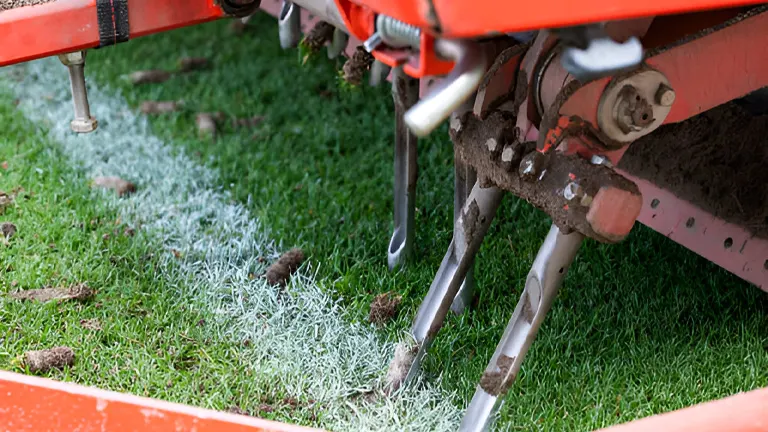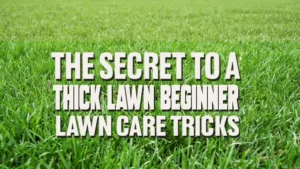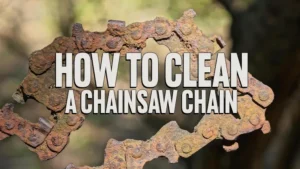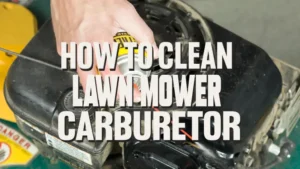How to Aerate Your Lawn for Healthier Grass
- September 26, 2024
- 0 comment

Aerate your lawn is a simple process that can greatly improve the health of your grass. Over time, soil becomes compacted from foot traffic, mowing, and natural settling.
Compacted soil prevents air, water, and nutrients from reaching the grass roots. Aeration helps relieve this compaction, allowing your lawn to breathe and grow stronger.
Why Aeration Is Important
Healthy grass requires good airflow, water penetration, and access to nutrients. When soil is too tightly packed, it creates a barrier that blocks these essential elements from reaching the root zone.
By aerating your lawn, you create small holes in the soil, allowing air, water, and fertilizers to penetrate deeper. This helps the grass roots grow stronger, leading to thicker and healthier turf.
When to Aerate Your Lawn
The best time to aerate your lawn depends on the type of grass you have. For cool-season grasses like Kentucky bluegrass or fescue, early fall or spring is ideal.
For warm-season grasses like Bermuda or zoysia, late spring to early summer is best. Aerate when the grass is actively growing, as this allows the lawn to recover quickly.
How to Aerate Your Lawn
There are two common methods to aerate your lawn: core aeration and spike aeration.
- Core Aeration: This method involves using a machine to pull out small plugs of soil from the ground. It’s the most effective way to reduce soil compaction and improve airflow.
- Spike Aeration: Spike aeration uses a tool with solid spikes to poke holes in the soil. While it helps with some compaction, it’s less effective than core aeration because it can push the soil down further.
Here’s a step-by-step guide to aerating your lawn:
- Prepare the Lawn: Mow your lawn to a short height before aerating. This will make it easier for the aerator to work.
- Water the Lawn: Ensure the soil is moist but not soaked. Aerating dry soil is difficult, and overly wet soil can get messy.
- Aerate the Lawn: Use an aeration machine, which you can rent from most garden centers. Pass over the entire lawn, focusing on areas with heavy foot traffic or where water tends to pool.
- Leave the Plugs: If you’re using a core aerator, leave the soil plugs on the lawn. They will break down and return nutrients to the soil.
- Fertilize and Seed: After aerating, it’s a great time to fertilize and overseed your lawn. The holes provide excellent access for nutrients and seeds to reach the roots.
How Often Should You Aerate?
For most lawns, aerating once a year is sufficient. If your lawn gets a lot of use or has heavy clay soil, you may want to aerate twice a year. Consistent aeration ensures that your grass has the space and resources it needs to thrive.
Benefits of Aeration
Aerating your lawn provides many long-term benefits, including:
- Improved Root Growth: By reducing soil compaction, aeration allows roots to expand deeper into the soil.
- Better Water Absorption: Aerated soil can absorb water more efficiently, reducing runoff and puddling.
- Thicker Grass: Healthier roots and better nutrient absorption lead to a thicker, greener lawn.
- Enhanced Fertilizer Efficiency: Fertilizer is more effective when it can reach the roots without being blocked by compacted soil.
Conclusion
Aerating your lawn is a key part of lawn maintenance that promotes healthier grass. Whether you choose core or spike aeration, regularly aerating your lawn will help your grass grow stronger, greener, and more resistant to stress.
By following the steps outlined here, you can ensure that your lawn receives the airflow and nutrients it needs for optimal health.

Kristine Moore
Forestry AuthorI'm Kristine Moore, a seasoned garden landscaping professional with over 30 years of experience. My extensive career has been dedicated to transforming outdoor spaces into stunning, sustainable landscapes. With a deep understanding of horticulture, design principles, and environmental stewardship, I have become a respected figure in the field, known for creating harmonious, visually appealing, and eco-friendly gardens. My commitment to excellence and continuous learning in landscaping trends and techniques has solidified my reputation as an expert in garden design and implementation.













Leave your comment